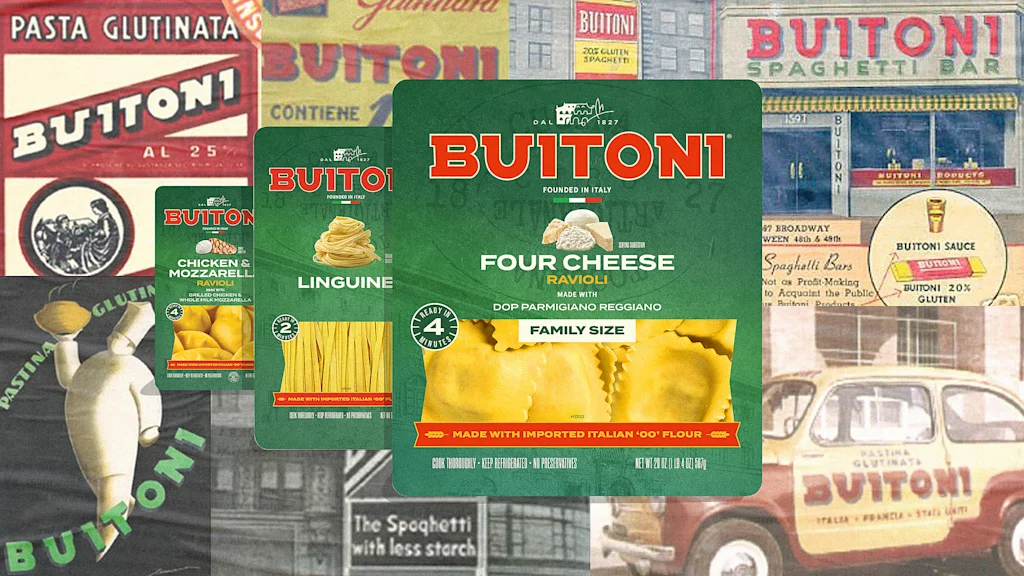
"In 1827, in the small Tuscan town of Sansepolcro, Italy, Giulia Buitoni-a mother and home cook-became so well known for her starchy noodles that she decided to launch a pasta business. She didn't have much money, so she traded her most valuable necklace for a pasta machine. The trade was well worth it. Buitoni pasta was an instant success in Italy, and within the century, the company was selling its pasta around the world."
"Joseph Faro, a serial entrepreneur from New Hampshire, purchased the company last year, and is transforming it for the modern American market. Faro believes that the key to Buitoni's continued success in the U.S. is to focus on returning to the artisanal flavors that first made the product successful, from ultra-fine milled flour to chunky fillings for ravioli to aged Parmigiano Reggiano from Italy."
"As a sign of Buitoni's new era, Faro has given the brand a facelift. The next time you pick up some pasta at the grocery store, you'll notice that the logo has changed from its previous cursive font to a new bold, all-caps serif font. The aesthetic is more in line with retro art deco posters than with today's branding trends."
Giulia Buitoni launched a pasta business in 1827 in Sansepolcro after trading her most valuable necklace for a pasta machine. Buitoni grew rapidly; the company expanded to global markets and built high-tech factories that produced hundreds of tons of pasta daily. Buitoni is now the second-largest fresh pasta brand in the U.S., offering products such as four cheese ravioli and Italian sausage tortellini. Joseph Faro acquired the company and is repositioning the brand for the American market with a focus on artisanal ingredients, chunkier fillings, aged Parmigiano Reggiano, and a retro-inspired visual identity to signal quality.
Read at Fast Company
Unable to calculate read time
Collection
[
|
...
]